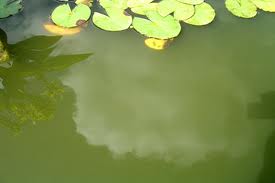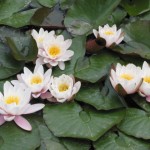Spring Pond Care
Spring Pond Care
Spring is trying to push winter out and replace it with some warmer weather, but as is usually the case in east Idaho it takes some major winds to sweep winter out for good. Well, this past weekend we certainly had winds strong enough to make it happen. So I’m hoping spring-like weather will find a more permanent home here now.
This gradual transition from winter to spring has an effect on the ever-changing ecological balance in our backyard ponds. Here is a checklist of some things you should be aware of as the summer pond season approaches. By acting now you can do much to help prevent that pea soup look to your water as the weather begins to warm.
Biological Filters and Skimmers should be inspected and cleaned as needed. Check filter baskets and pads, for wear and replace as necessary. Some nitrobacter and nitrosomonas (the good bacteria) survive the winter in a dormant state. As the water warms they begin to ‘wake up’ and colonize. Avoid using chlorinated water to clean your filters, as this will destroy these beneficial bacteria. Use pond water to do so.
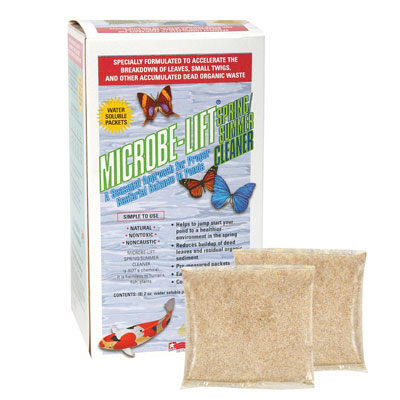 Clean as much organic waste as possible from the bottom of your pond. Leaves, twigs, fish waste and other debris harbor harmful anaerobic bacteria that will pollute your water and cause both fish heath and water quality problems. Do not pump out the water and scrub your pond clean. Doing so will kill most of the beneficial bacteria and destroy the ecological balance. Add Microbe-Lift Spring Cleaner to help dissolve any remaining debris. This is particularly important in ponds with gravel on the bottom. Microbe-Lift Sludge Away should also be used if the build up is more than one inch.
Clean as much organic waste as possible from the bottom of your pond. Leaves, twigs, fish waste and other debris harbor harmful anaerobic bacteria that will pollute your water and cause both fish heath and water quality problems. Do not pump out the water and scrub your pond clean. Doing so will kill most of the beneficial bacteria and destroy the ecological balance. Add Microbe-Lift Spring Cleaner to help dissolve any remaining debris. This is particularly important in ponds with gravel on the bottom. Microbe-Lift Sludge Away should also be used if the build up is more than one inch.
Pumps and prefilters should be cleaned and reconnected. Check all fittings and valves for leaks. The sooner you get your pump(s) and filters running the sooner your pond will start to get its ecosystem re-established and balanced.
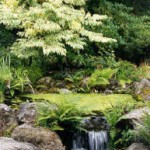 UV Sterilizers should be inspected, cleaned and reinstalled. Carefully remove and inspect the quartz sleeve. If you notice even the slightest hairline crack you must replace the sleeve or risk water seeping in and shorting out the lamp as well as possibly ruining the electrical components. If the sleeve is intact carefully wipe the outside clean and reinstall it. Check all seals and reinstall or replace as necessary. The lamp should be replaced at this time. Even though the lamp still lights it gradually loses power over time and eventually will not emit strong enough ultraviolet rays to clarify your water. Be sure to reattach tubing, tighten all fittings and run your pump to check for leaks before plugging the unit in. Never plug your UV in unless water is running through it.
UV Sterilizers should be inspected, cleaned and reinstalled. Carefully remove and inspect the quartz sleeve. If you notice even the slightest hairline crack you must replace the sleeve or risk water seeping in and shorting out the lamp as well as possibly ruining the electrical components. If the sleeve is intact carefully wipe the outside clean and reinstall it. Check all seals and reinstall or replace as necessary. The lamp should be replaced at this time. Even though the lamp still lights it gradually loses power over time and eventually will not emit strong enough ultraviolet rays to clarify your water. Be sure to reattach tubing, tighten all fittings and run your pump to check for leaks before plugging the unit in. Never plug your UV in unless water is running through it.
Bacteria should be added as soon as the ice begins to recede. Microbe Lift ‘Spring
Cleaner’ is excellent at jump starting your ecosystem in the spring and helping to break down accumulated organic waste. The majority of the organic build up in your pond must be removed or dissolved.
Salt level should be tested and adjusted as necessary. Raise level to between .001
and .0015. If you do not have plants in your pond you can raise the salt level to .003. Pond salt not only kills parasites but also adds electrolytes to the water, which help to keep the gills functioning efficiently, and help to prevent a variety of health problems.
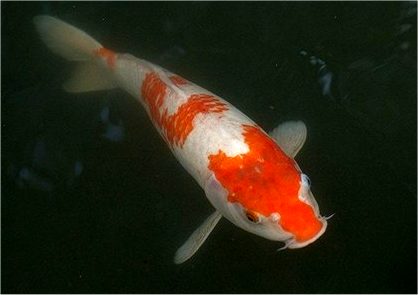 Stress Coat should be added to the water to build up the natural mucus slime coating on the skin of the fish, helping them to fend off potential problems such as fungal infections and parasites. The most difficult time for fish is the transition from winter into spring. At this time their immune systems are just beginning to ‘wake up’ but some parasites and fungal spores are already quite active and looking for a host.
Stress Coat should be added to the water to build up the natural mucus slime coating on the skin of the fish, helping them to fend off potential problems such as fungal infections and parasites. The most difficult time for fish is the transition from winter into spring. At this time their immune systems are just beginning to ‘wake up’ but some parasites and fungal spores are already quite active and looking for a host.
Test the pH, Ammonia, Nitrite and Nitrate levels. Continue testing weekly until your system has been running for 4-6 weeks and has stabilized. Once established, you should continue to monitor at least biweekly, more frequently if any problems arise. Keep a log of your test results for reference so that you can detect gradual changes before any problems begin.
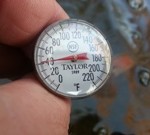 Begin Feeding when the water temperature rises to 50 degrees f or above. Fish are cold blooded and as the water warms up their metabolism speeds up, including their digestive system and their ability to digest formulated foods. They will naturally become more active and require a food supply. Don’t be coaxed into feeding before the water temperature stays above 50 degrees f. Check in the morning and evening rather than in the middle of the day. Remember, fish are cold blooded and their digestive tract is not active enough to handle formulated foods in cold water. You can literally kill them with kindness by feeding too early.
Begin Feeding when the water temperature rises to 50 degrees f or above. Fish are cold blooded and as the water warms up their metabolism speeds up, including their digestive system and their ability to digest formulated foods. They will naturally become more active and require a food supply. Don’t be coaxed into feeding before the water temperature stays above 50 degrees f. Check in the morning and evening rather than in the middle of the day. Remember, fish are cold blooded and their digestive tract is not active enough to handle formulated foods in cold water. You can literally kill them with kindness by feeding too early.
Hardy Plants that over-wintered at the bottom of the pond can be moved back up to their growing locations and proper depths. Now is an excellent time to divide and repot your water lilies and marginal plants. Fertilize now and you will be rewarded with healthier, more vigorous plants later.
A special thanks to my friend Mike Masterson of Masterson’ s Aquatic Nursery and Water Garden Center in East Aurora, NY for information in this article.



